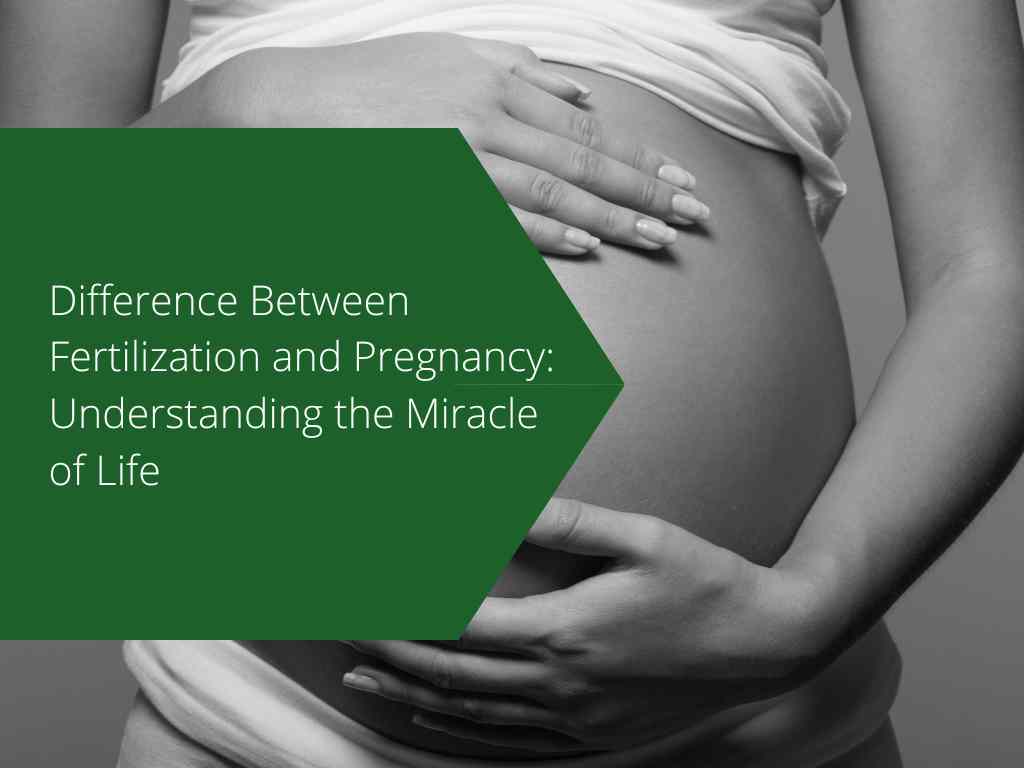Difference Between Fertilization and Pregnancy: Understanding the Miracle of Life
Difference Between Fertilization and Pregnancy: Understanding the Miracle of Life
In this comprehensive article, we will delve into the fascinating world of human reproduction and explore the critical difference between fertilization and pregnancy. Understanding these processes is essential to appreciate the miracle of life and the journey from conception to childbirth.
Fertilization: The Genesis of Life
Fertilization is a momentous event that marks the beginning of a new life. It occurs when a sperm cell, carrying the father’s genetic material, successfully merges with an egg cell, containing the mother’s genetic material. This fusion forms a zygote, which is the first cell of the new individual. Fertilization typically takes place in the fallopian tubes, shortly after ovulation.
The Journey of Sperm
Sperm cells have a challenging journey ahead. Upon ejaculation, they are deposited into the vagina, and they must navigate through the cervix and into the uterus. From there, they must find their way to the fallopian tubes, where they may encounter the waiting egg. Only a few sperm out of millions will reach this destination, emphasizing the miracle of life even before fertilization occurs.
The Role of the Egg
While sperm actively swim to reach the egg, the egg itself plays a vital role. It releases chemical signals to attract sperm and ensure that only one sperm successfully penetrates its protective layers. This is essential to maintain the correct number of chromosomes in the zygote, as any additional sperm penetration could lead to abnormalities.
Pregnancy: A Journey of Growth and Nurturing
Pregnancy is the subsequent stage after successful fertilization. It encompasses the period during which the developing embryo grows within the mother’s uterus, supported and nourished by her body. Pregnancy is a remarkable journey that spans several months, each with its unique milestones and developments.
Implantation
Following fertilization, the zygote undergoes multiple cell divisions as it travels down the fallopian tubes to the uterus. Once it reaches the uterus, it undergoes a process called implantation. During implantation, the embryo attaches itself to the uterine lining, where it will receive essential nutrients and oxygen from the mother’s bloodstream.
Trimesters and Fetal Development
Pregnancy is divided into three trimesters, each lasting about three months. During this time, the embryo transforms into a fetus, and all major organ systems develop. The first trimester is crucial for establishing the foundation of the baby’s body, including the formation of the brain, heart, and limbs.
In the second trimester, the fetus continues to grow rapidly. It begins to move, and the mother can feel the first flutterings of life. During this period, external features such as the skin, hair, and nails start to form.
The third trimester is a time of rapid growth and preparation for birth. The fetus gains weight, and its organs become fully functional. Towards the end of the third trimester, the baby settles into a head-down position in readiness for delivery.
Labor and Birth
Labor is the final stage of pregnancy, culminating in the birth of the baby. It involves rhythmic contractions of the uterine muscles that help push the baby through the birth canal. After months of nurturing and growth, the miracle of life is brought into the world.
Conclusion
In conclusion, the difference between fertilization and pregnancy lies in the sequence of events that lead to the creation of a new life and its subsequent development within the mother’s womb. Fertilization is the fusion of sperm and egg, while pregnancy is the nurturing and growth of the embryo into a fully-formed baby.

